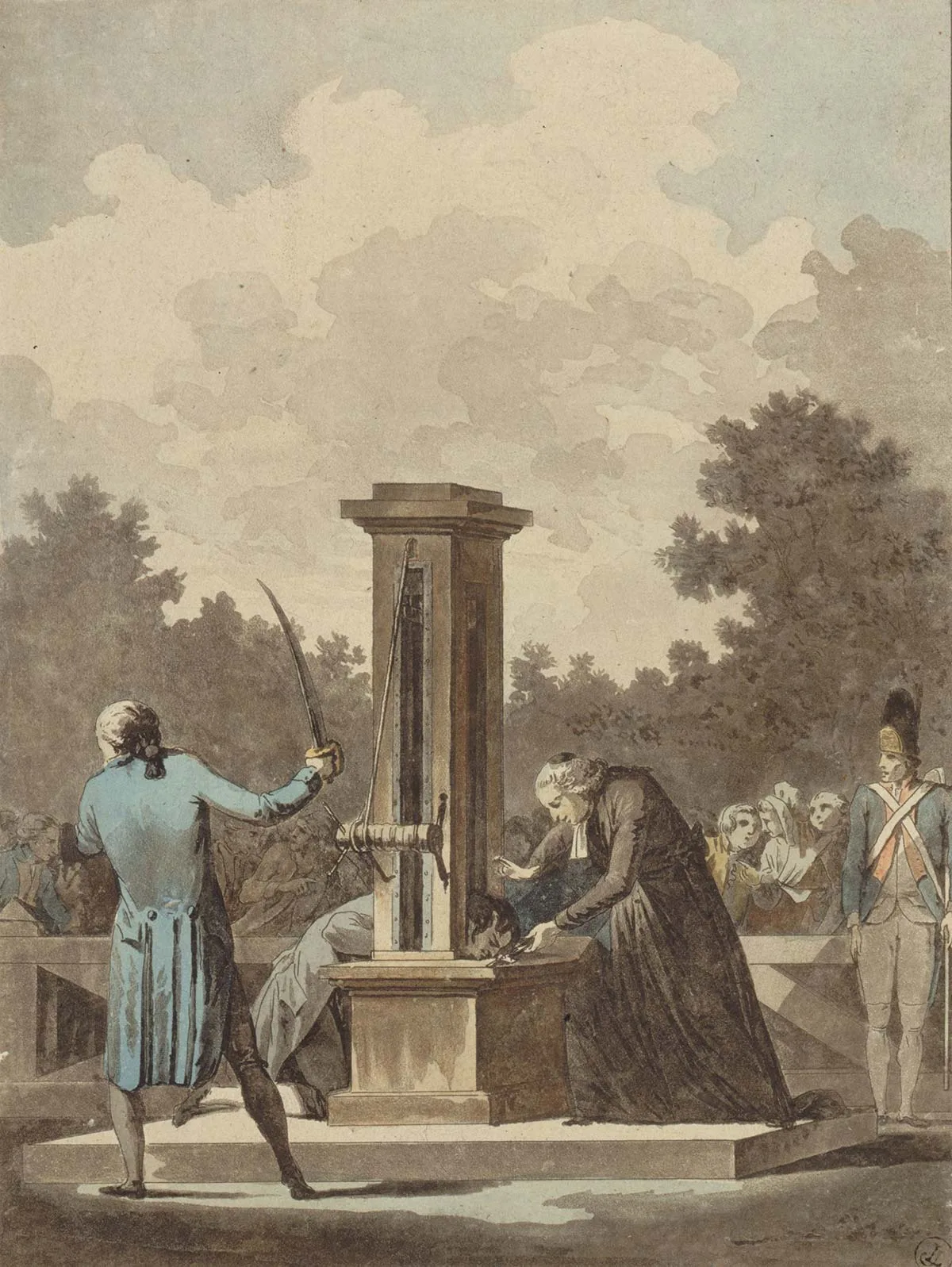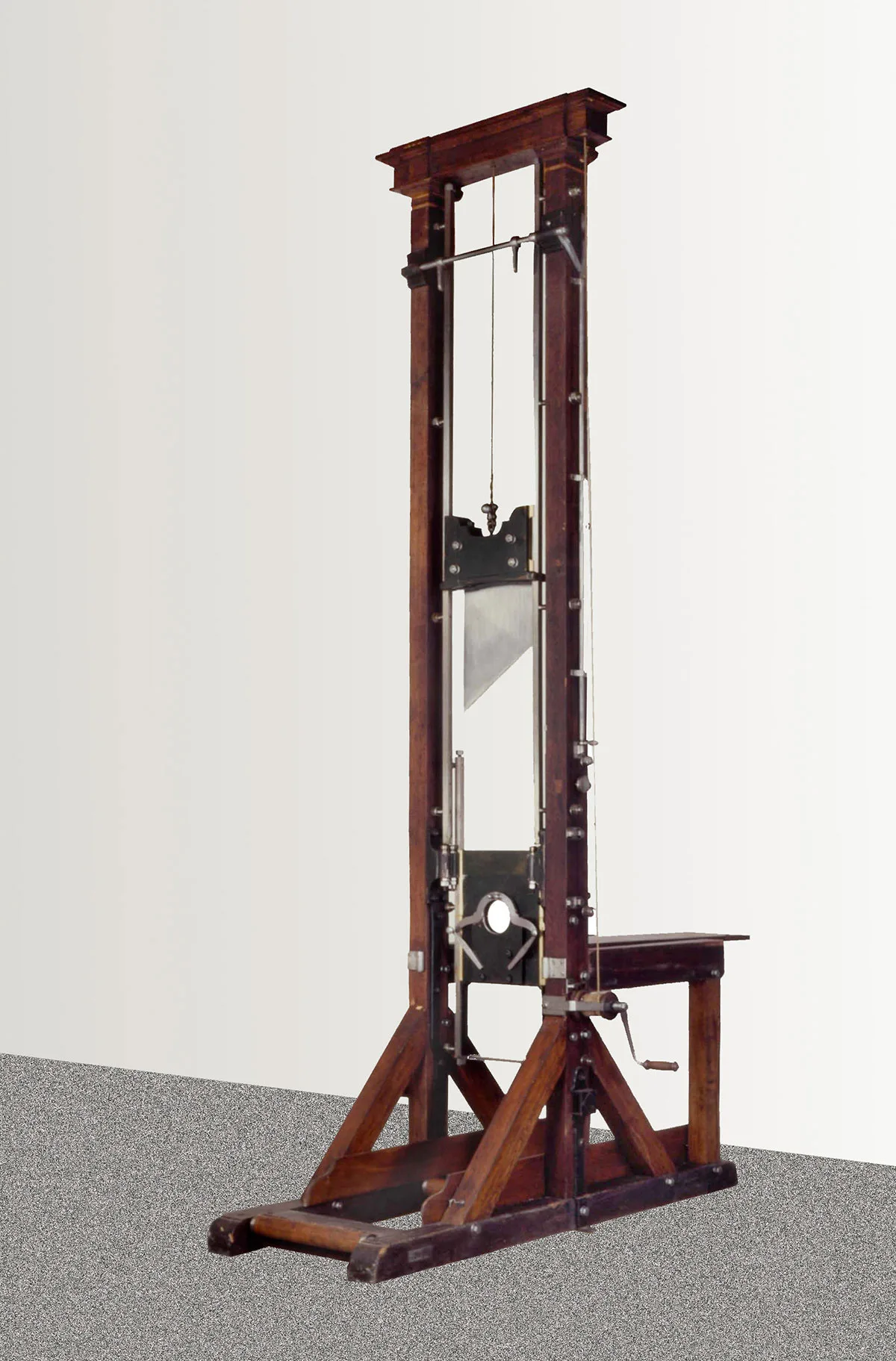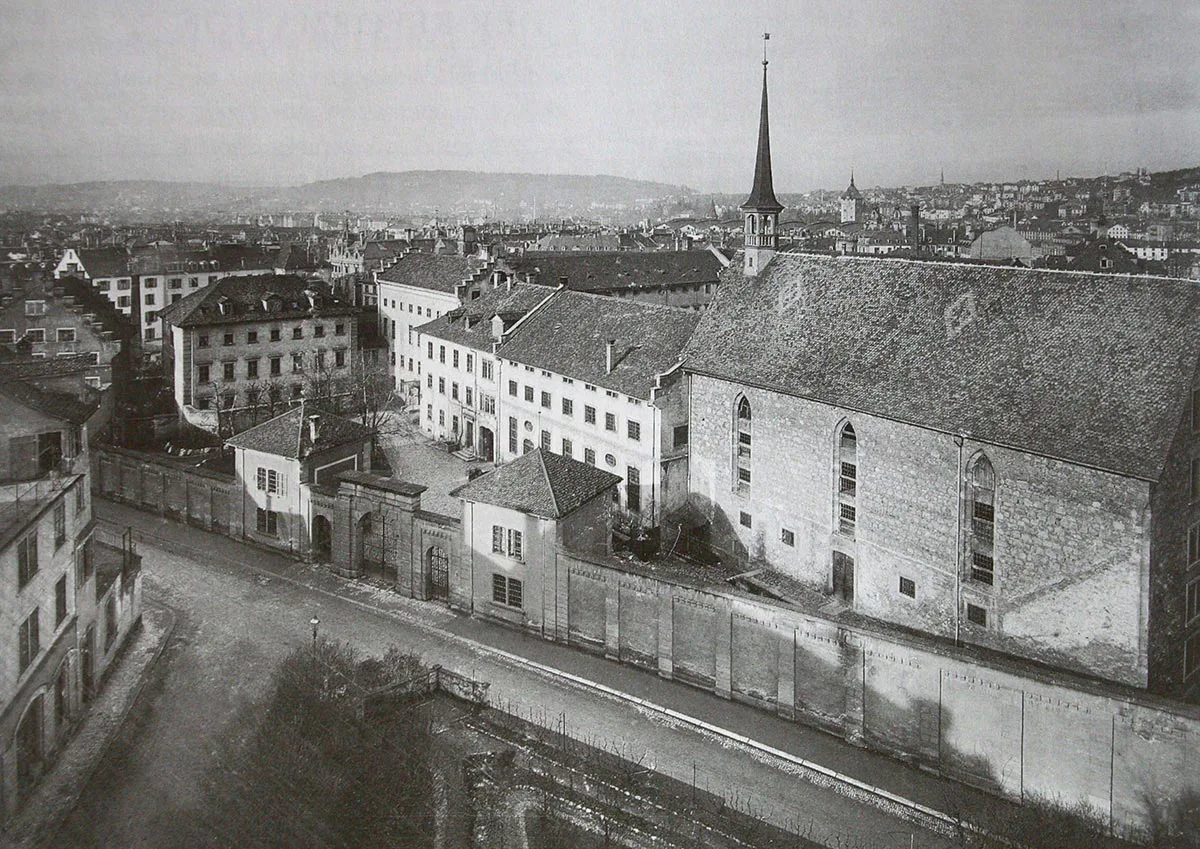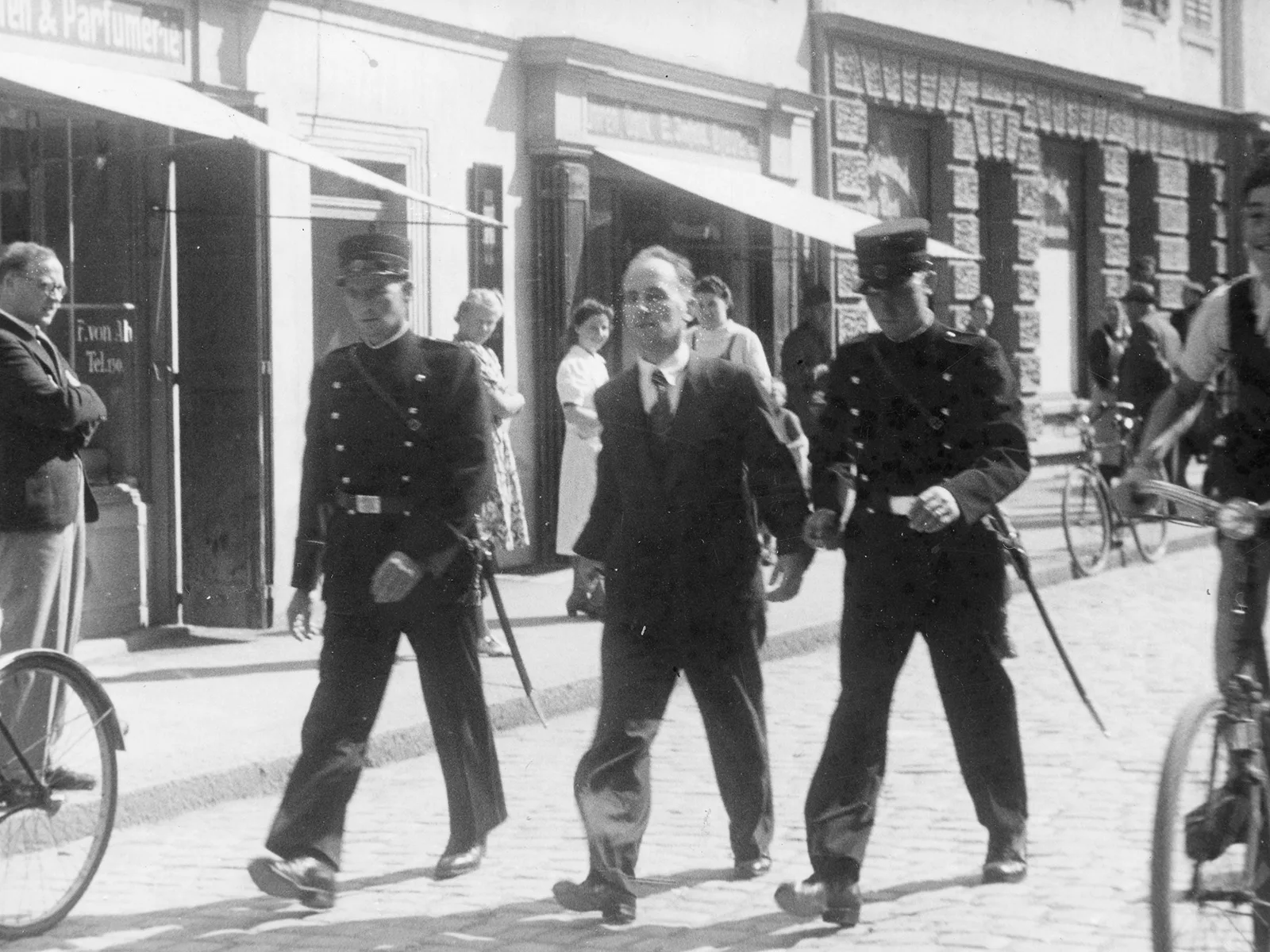
The guillotine maker
Johann Bücheler was a regular carpenter from Kloten. In 1836, he was commissioned by the canton of Zurich to build a guillotine. That proved the end of “normality” as he knew it.

The upright frame within which the blade was dropped and raised was made of oak. Bücheler used a rope to initiate the drop mechanism. It worked and the device was completed in six weeks: 3.93 metres high, 74 centimetres wide and 2.12 metres long. The assistants dismantled the guillotine, packed it in wooden boxes and Bücheler took it back to Zurich.


No-one likes an executioner
His fortunes didn’t change either: following the Züriputsch of 1839, the wind of political change blew through the canton of Zurich. The conservatives came to power and turned the clock back. Execution by guillotine was abolished and the executioner’s sword came into favour again. Bücheler’s apparatus stayed where it was: in storage somewhere.


Not much is known about the rest of Bücheler’s life. He moved to Basel-Landschaft, and shortly after that the rumour in Kloten was that Bücheler had gone to France. In any case his family ended up living on social welfare – a sad ending to an unfortunate story.



